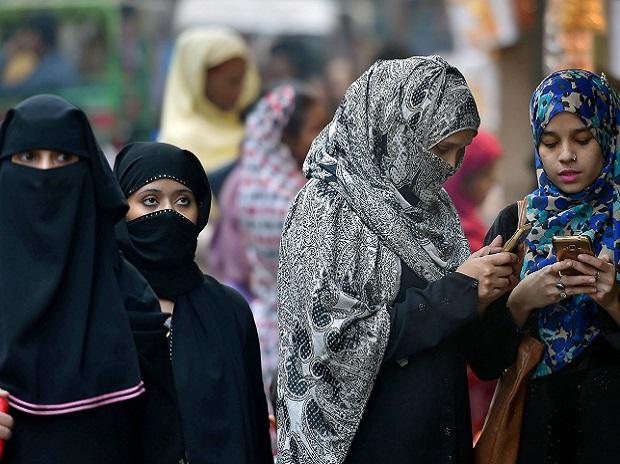Among many political, administrative and ideological messages in the changes in the council of ministers that Prime Minister Narendra Modi carried out, the most important was the unambiguous stamp of his office.
The sweep of influence of the Prime Minister’s Office in Tuesday’s rejig was rarely witnessed in the past three decades.
In expanding this influence of the central government, the PM was assisted by Bharatiya Janata Party (BJP) President Amit Shah.
The changes in the Cabinet worked at several levels.
They were definitely done with an eye on electoral compulsions — Dalits and
Other Backward Classes found increased representation. New ministers
were inducted from states that are either electorally crucial for the BJP (Rajasthan, Madhya Pradesh, Karnataka and Gujarat) or are going to polls in the near future (Uttarakhand and Uttar Pradesh).
Also, alliance building was kept in mind. Allies like Republican Party
of India (A)’s Ramdas Athawale and Apna Dal’s Anupriya Patel were made
ministers.
There was an effort for more efficient political management, not only to
reach out to Opposition parties but other stakeholders, like the media,
as well as assuage different camps within the BJP.
A straight-talking M Venkaiah Naidu was
made in charge of the information and broadcasting ministry, while Arun
Jaitley, seen as a liberal voice in the Sangh Parivar and the party,
was divested of that portfolio. Read more.





No comments:
Post a Comment